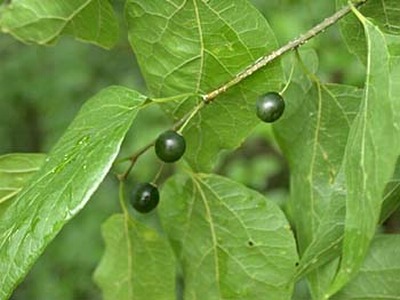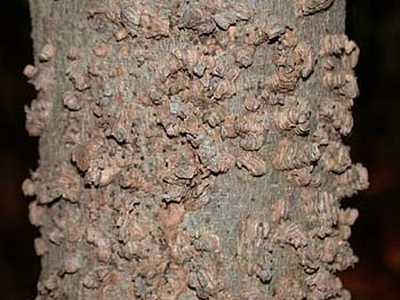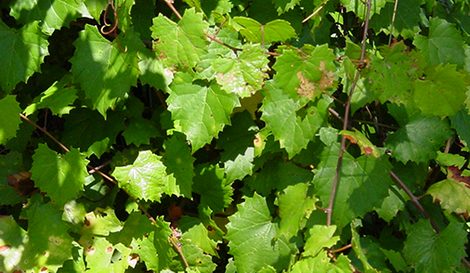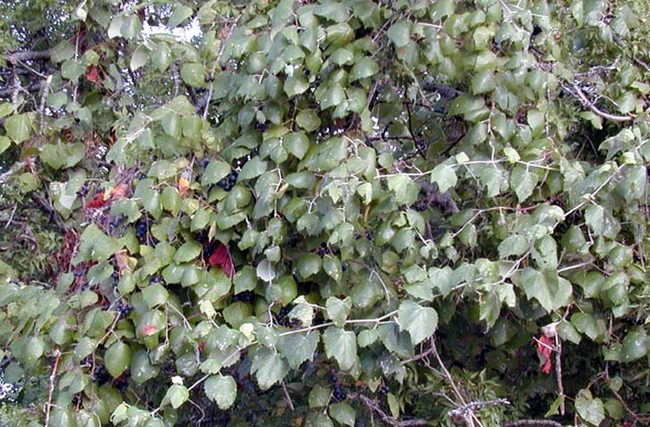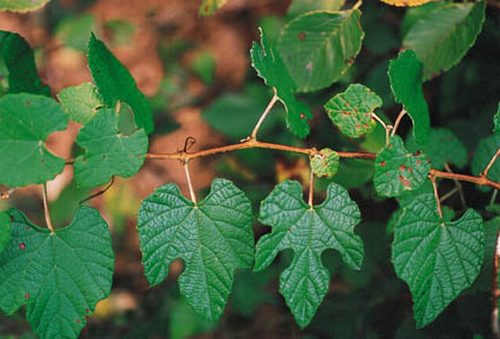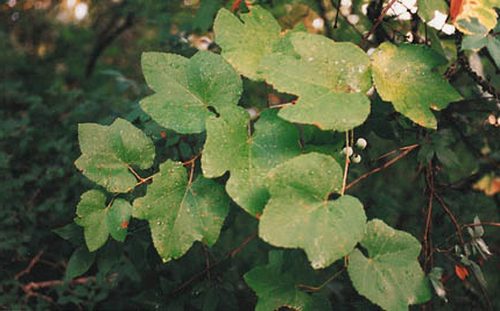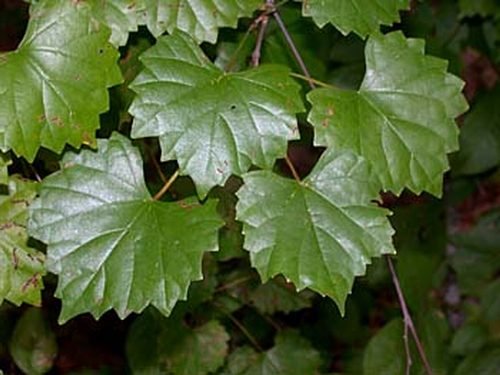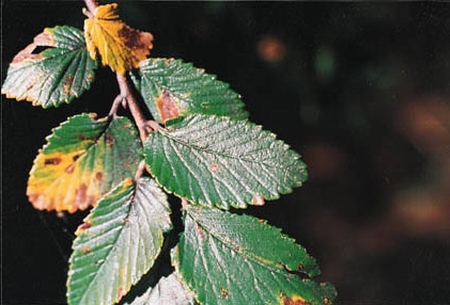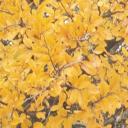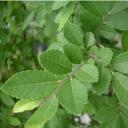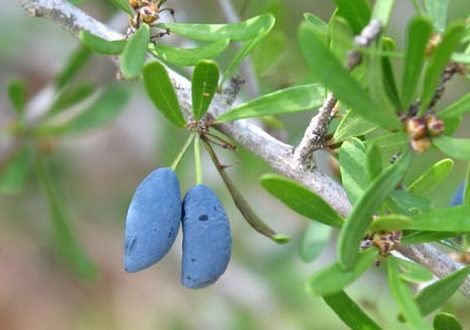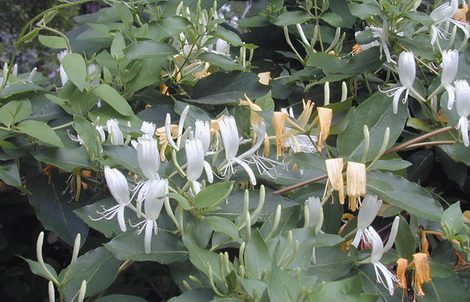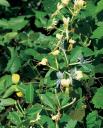Deer Plant: Hackberry / Sugarberry (Celtis spp.)
Class: browse; preferred
Description: Hackberry is a small to medium-sized tree with a spreading irregular crown found on moist soil in stream and river drainages, and a common invader along fence lines. Hackberry leaves are dark green above, pale with prominent raised veins below and are rather thick and stiff. The common name and variety name refer to the dense network of veins in the leaf.
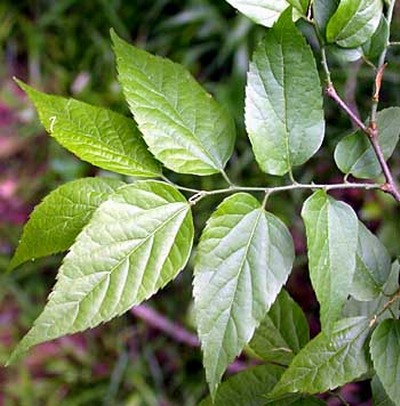
The fruit is eaten by many species of birds and some mammals, including white-tailed deer. Deer seek out hackberry when the leaves are within reach, especially during the spring when protein content is highest. These leaves are highly digestible by deer.
The leaves and twigs are browsed by both deer and livestock, so property owners are encouraged to have a good handle of livestock stocking rates in areas where deer management and hunting is important.
Hackberry / Sugarberry Photos:
